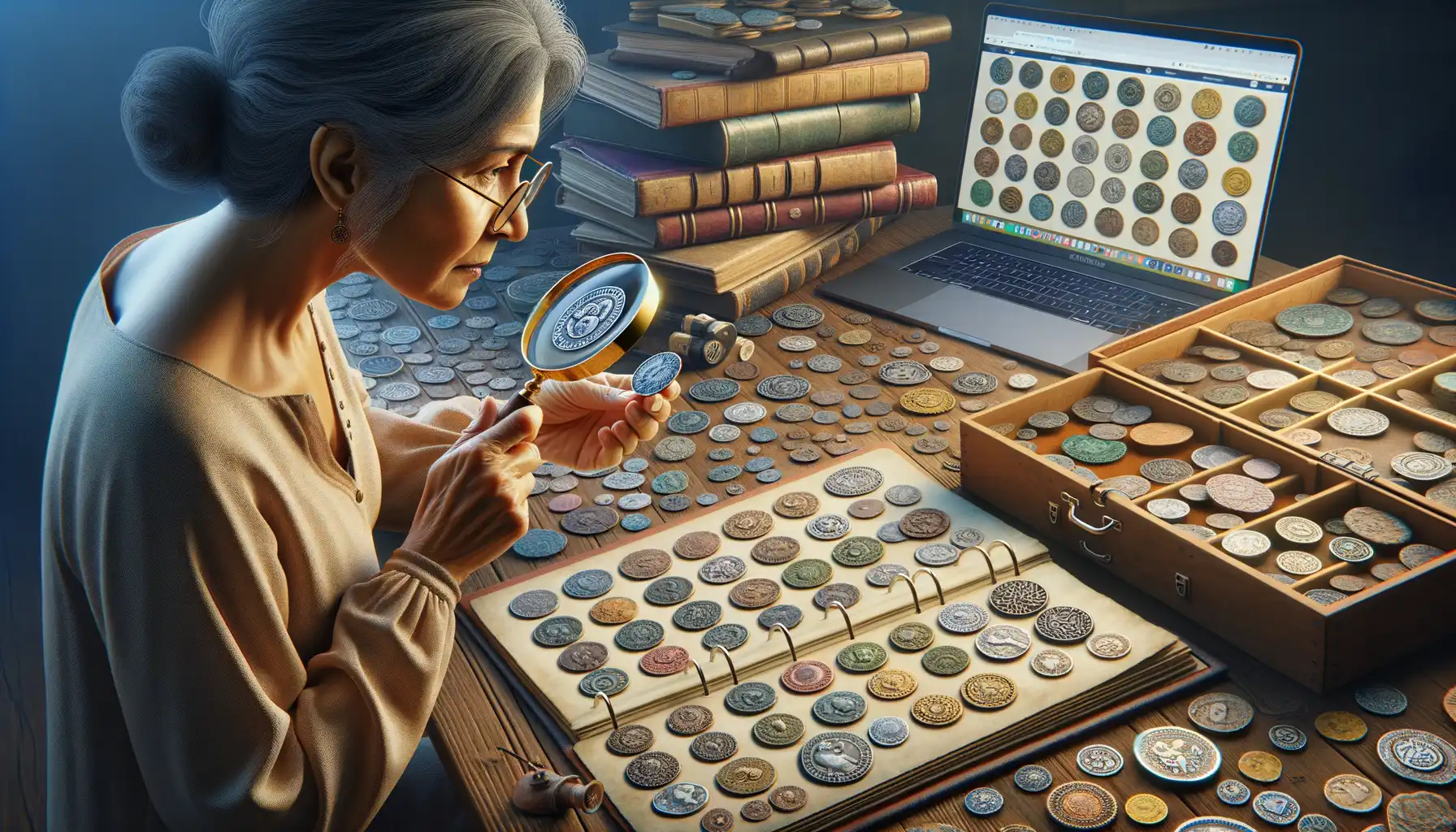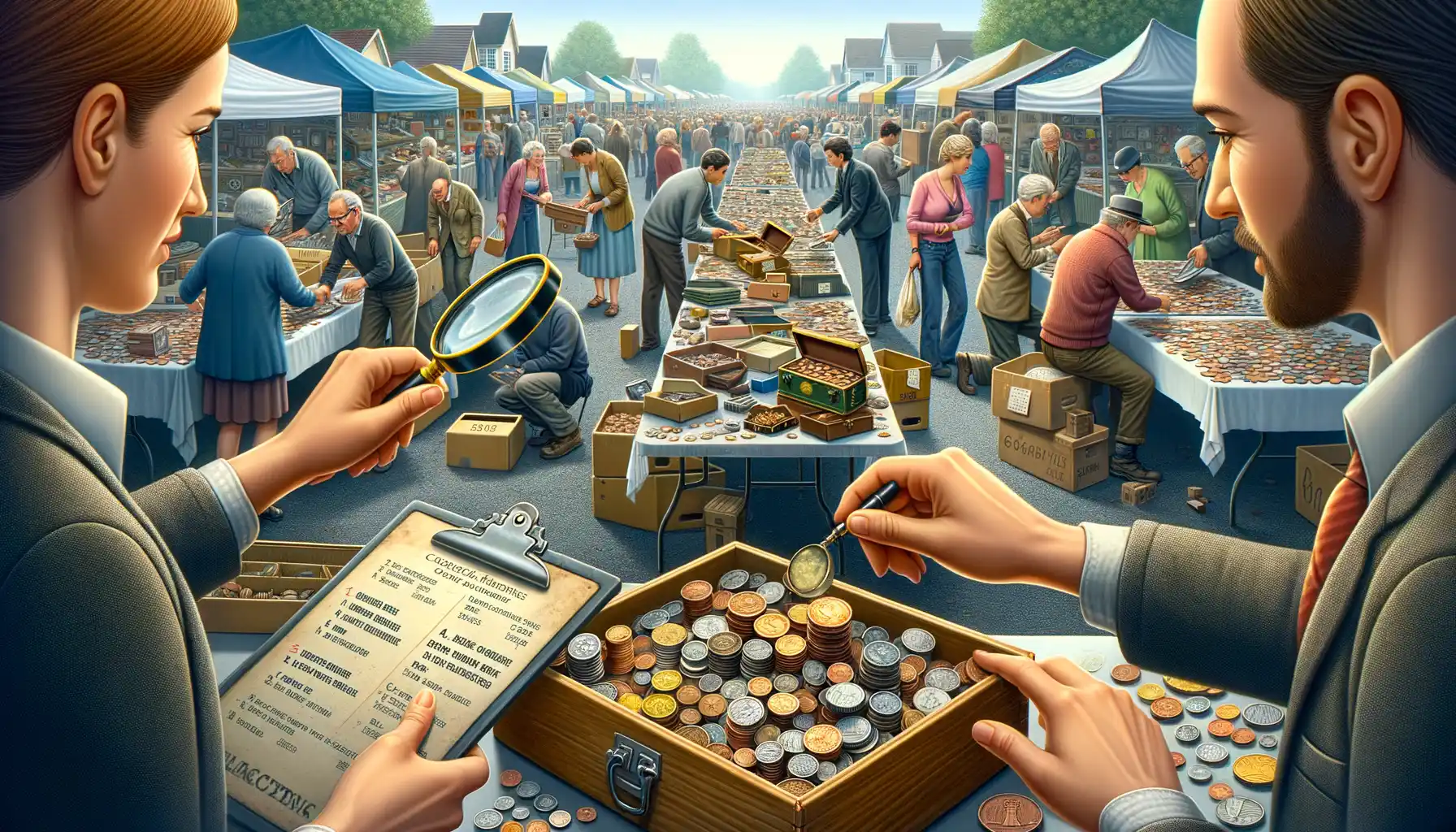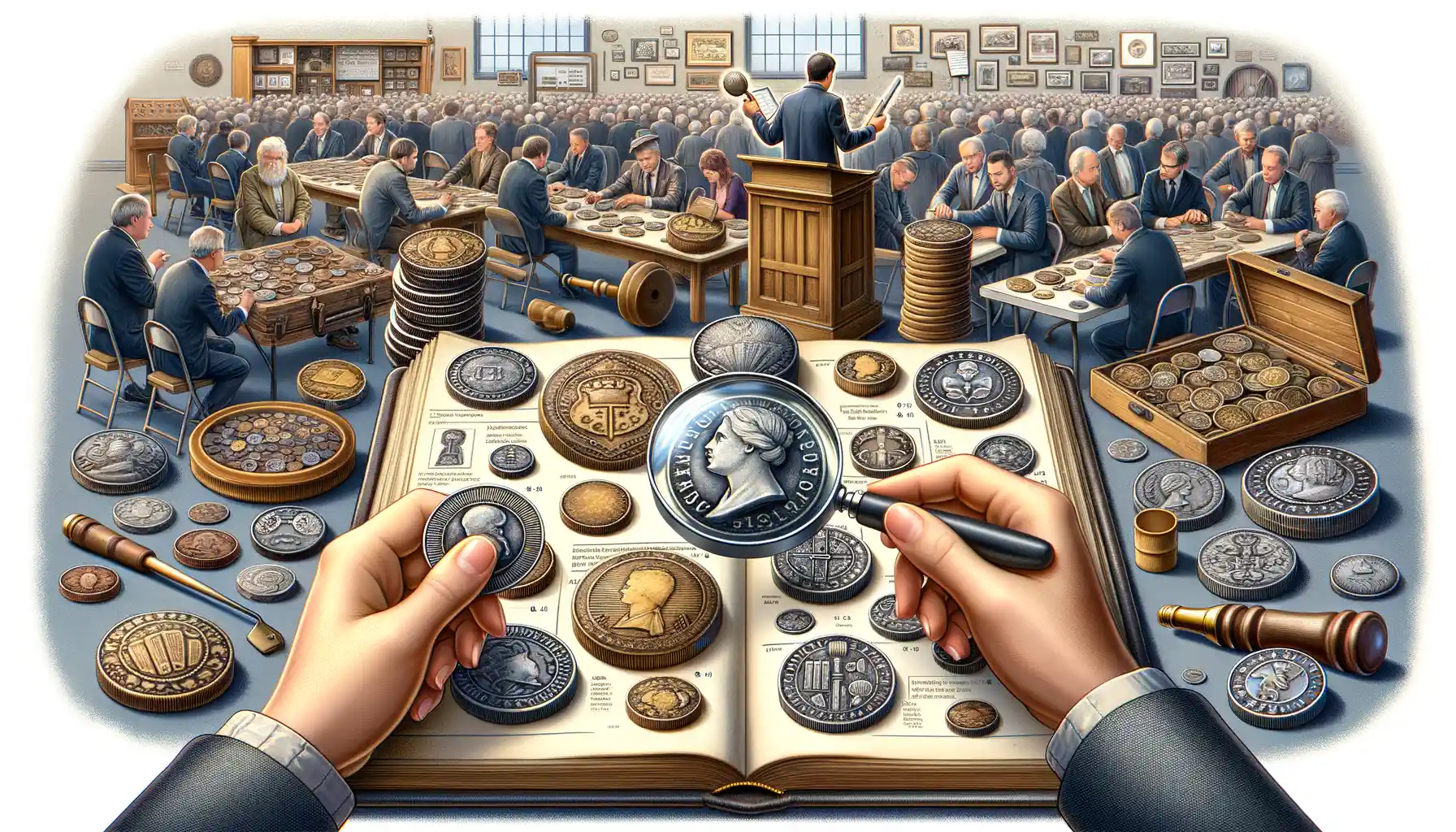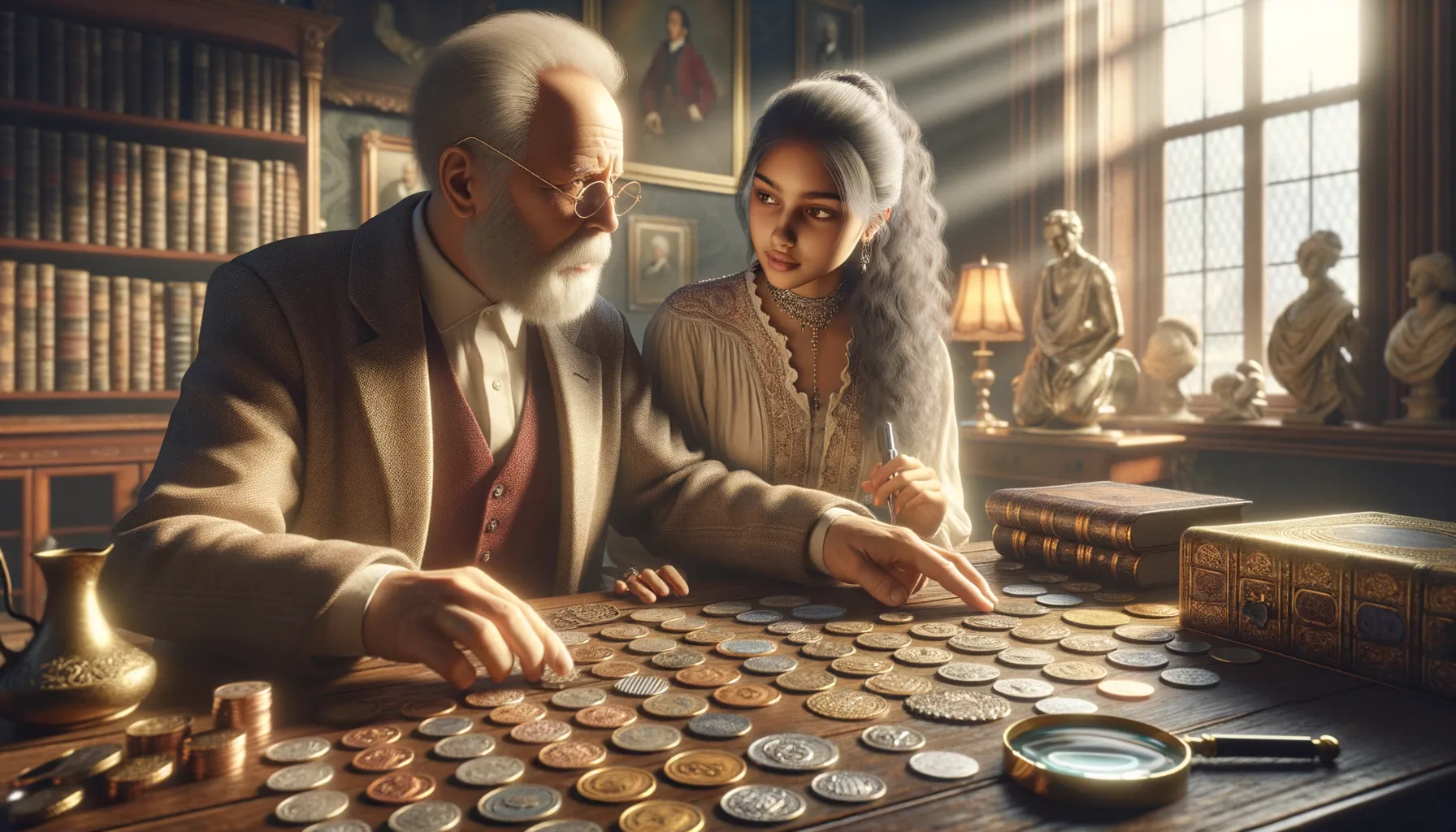Understanding the Basics of Coin Collecting
Coin collecting isn’t just a hobby; it’s like diving into a treasure chest of history and stories. Whether you’re holding a century-old coin or a misprint from only a few decades ago, every piece has a tale to tell. But where do you start if you’re new to this mesmerizing world? Let’s break it down into simple, memorable steps.
Why Coins Are More Than Just Change
Think of coins as tiny time capsules. They’ve passed through countless hands—possibly funding wars, celebrating coronations, or even jangling in the pockets of someone famous. When you discover coins at garage sales or estate auctions, you could be stumbling upon not just money, but pieces of art or historic relics. Look out for things like:
- Mint marks: These little letters can reveal the city where a coin was produced.
- Date stamps: A small detail that might mean a coin survived a pivotal historical moment.
- Unique designs: Special images or text often commemorate anniversaries or events.
Building Your Eye for Hidden Gems
Experience is your best teacher, but there are a few tricks to help you notice potential treasures faster. Keep an eye out for coins that aren’t perfectly round (errors = value!), coins that shimmer differently in the light, or those with unusual thickness. And don’t ignore coins that look boring; sometimes, a plain-looking old penny can be worth far more than its shiny modern counterpart!
Researching and Identifying Valuable Coins

Why Coins Are More Than Just Spare Change
Picture this: you’re flipping through an old box at a garage sale, and suddenly, there it is—a small, tarnished coin that seems insignificant. But what if that tiny disc holds the kind of value that could make your heart race? The world of coins is full of surprises, and the key to unlocking their worth lies in research and discovery.
Start with the basics. Look for details like mint year, condition, and any unique markings. A coin from the 1800s might seem promising, but did you know that even modern coins with misprints or limited runs can fetch sky-high prices? For instance, the famous 2004 Wisconsin State Quarter with an extra leaf error made headlines.
Here’s a quick cheat sheet of what to note:
- Date and Mint Mark: Look near the coin’s edge or under featured designs for these critical identifiers.
- Condition: Pristine, uncirculated coins are a jackpot, while the worn ones still hold potential.
- Special Features: Misprints, unique engravings, or double-stamp errors can skyrocket value.
Tools and Resources Every Treasure Hunter Needs
Navigating the coin world means having the right companions by your side. A solid magnifying glass is your best friend when trying to spot fine details that the naked eye might miss. Pair it with a trustworthy coin guidebook like the “Red Book” (A Guide Book of United States Coins). This gem provides insight into coin rarity and pricing trends.
Online tools? Yes, please! Price databases and collectible forums allow you to compare coins and connect with enthusiasts who share your passion. Plus, mobile apps like Coinoscope let you snap a picture of a coin to instantly identify it. It’s like having a personal expert in your pocket!
Tips for Successful Coin Hunting at Garage Sales

Turn Curiosity into Coin-Finding Gold
There’s a *thrill* in flipping through old boxes at garage sales, isn’t there? Hidden beneath dusty photo albums and forgotten toys could be a coin that tells a story—and maybe even brings value to your collection. The key to successful coin hunting is embracing curiosity and keeping your eyes sharp. When you spot a container of jumbled change or an old coin album, dive in with enthusiasm. Ask the seller questions—”Where did these coins come from?” or “Do you have anything like this tucked away in storage?” Genuine interest can often unearth treasures they’d overlooked.
Strategies for Maximizing Your Garage Sale Haul
Timing matters! Arrive early to get first pick of hidden gems, but don’t stress if you’re late—the best deals often come toward the end when sellers are eager to clear out inventory. Here’s a quick cheat sheet for smarter hunting:
- Scan for foreign coins, which people often undervalue as loose souvenirs.
- Look for odd shapes, dates pre-1965 (silver coins!), and mintmarks.
- Bring a loupe or magnifying glass—it’s a lifesaver when inspecting coin details.
And don’t forget: patience is your superpower. Not every box will yield treasure, but persistence pays off in unforgettable discoveries.
How to Spot Rare and Valuable Coins at Estate Auctions

Unlocking Hidden Gems: What to Look for in Coins at Estate Auctions
Stepping into an estate auction feels like opening a treasure chest—you never know what rare coins might be waiting for you. But how do you separate the glittering gems from the everyday change? The first trick is to keep your eyes peeled and your instincts sharp.
Start by scanning for older coins, particularly those pre-dating 1965, as many were made of valuable metals like silver or gold. Have a magnifying glass handy, because tiny details—like mint marks or unique designs—can mean the difference between a common nickel and a coin worth thousands of dollars.
- Look for limited editions: Coins from short production runs tend to become highly collectible.
- Inspect for errors: Misprints or off-center strikes can increase a coin’s value exponentially.
- Condition matters: Seek out coins with minimal wear or tarnish, known as “mint state” condition.
And here’s a secret: labels can lie! Just because a coin is in a fancy display case doesn’t mean it’s rare. Trust your research, not the hype, and let curiosity be your compass.
Evaluating and Negotiating for Coin Purchases

Decoding a Coin’s True Value
When you come across a coin that catches your eye, it’s easy to get swept up in the excitement. But pause! Before diving headfirst, take a moment to assess its true worth. Look closely—does that silver coin have a dazzling luster? Or maybe it shows just enough wear to tell a story of centuries gone by? Inspect every detail: the mint mark, year, and overall condition.
Bring a trusty magnifying glass to spot tiny details others might overlook. A faint scratch or faded letter could mean the difference between a jackpot find and an ordinary collectible. And don’t forget the weight—many valuable coins will feel heavier or sturdier in your hand. It’s these little nuances that often separate a gem from a dud.
- Compare the coin to photos on reputable collecting websites or guides.
- Check recent auction listings for coins with similar characteristics.
The Art of Negotiation
Now comes the fun part—negotiation! You want this coin, but at what cost? Start with a casual question: “What can you tell me about this piece?” Sellers often reveal more than they realize. If they seem attached, show admiration for their collection before gently making an offer.
Keep calm, even if your heart is racing like a sprinter at the Olympics. Use phrases like, “Would you consider…” or “I was thinking…” to avoid coming off too aggressive. Remember, a good deal is one where both parties walk away smiling—or at least not grumbling. 😉